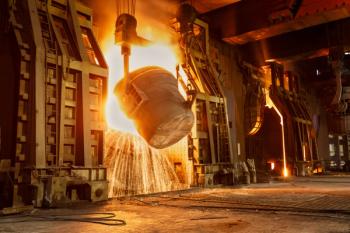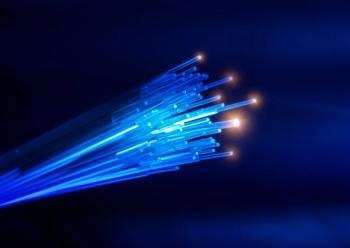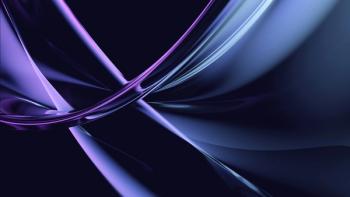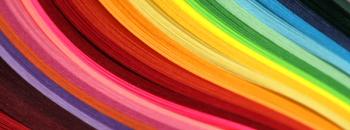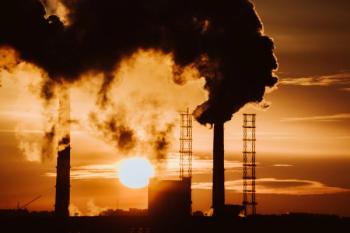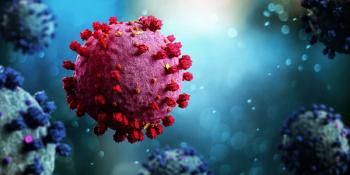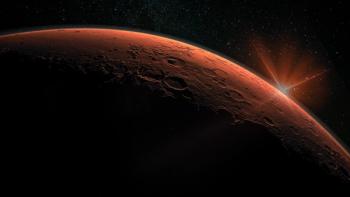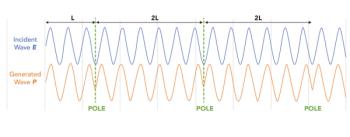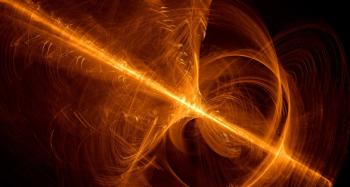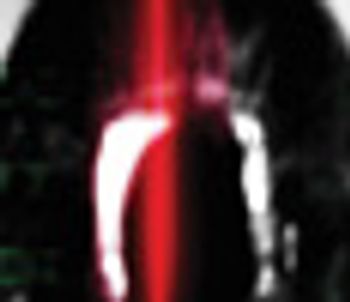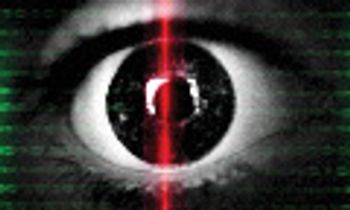
Spectroscopy plays a critical role in both macroscopic and microscopic plastics detection, which is the first step in remediation, and also in the commercial replacement of plastics with biodegradable materials. This piece provides tangible examples of efforts being made today, including details on spectral hardware implementation, but more importantly provides proposals to the reader on how they can make a meaningful difference in their own world.

